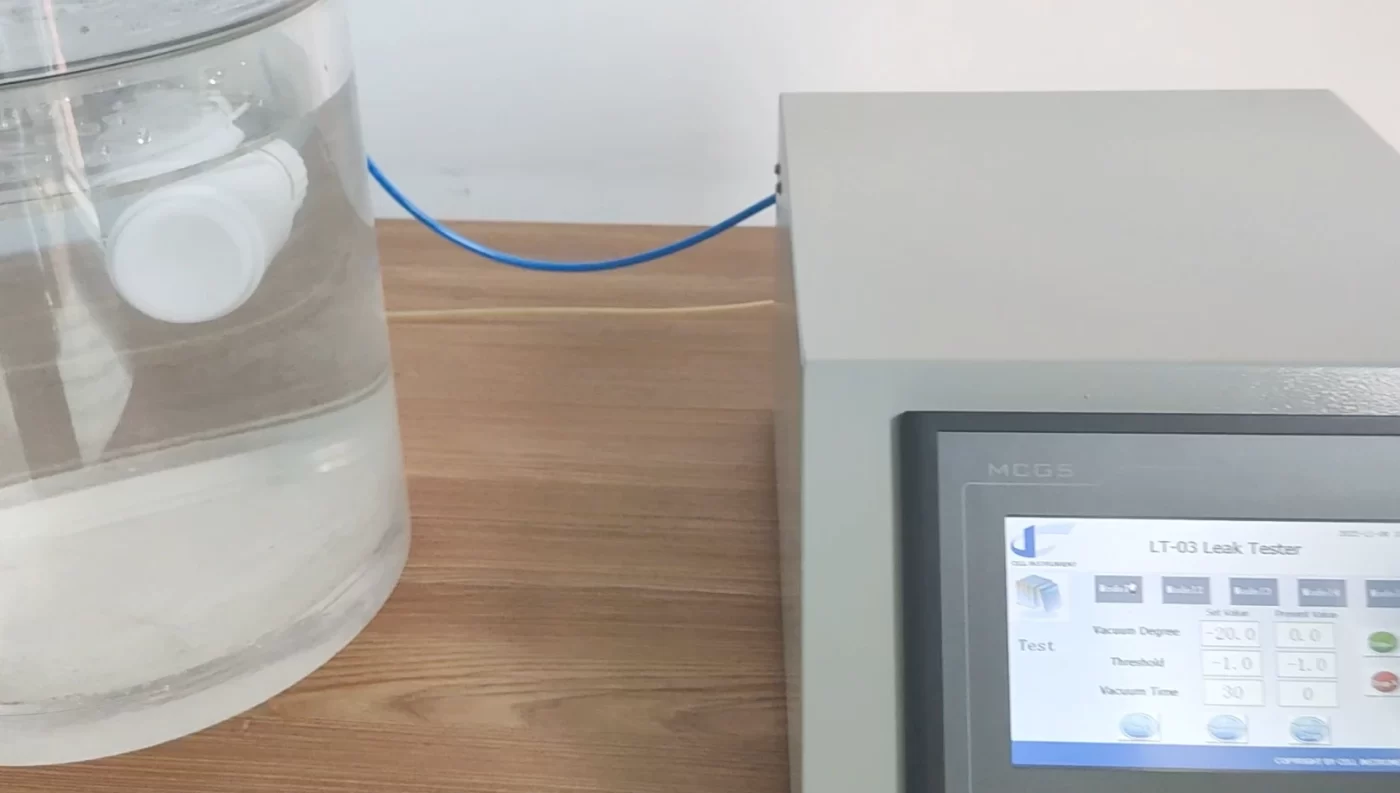Comprobador de fugas LT-02
El Comprobador de fugas LT-02 es una solución de prueba de vacío automática de alto rendimiento diseñada específicamente para detectar fugas en envases flexibles, en particular en aplicaciones donde hay gas en el espacio de cabeza. Este equipo se utiliza comúnmente en las industrias de alimentos, bebidas, farmacéutica y otras donde la confiabilidad del envasado es fundamental para mantener la calidad del producto.




